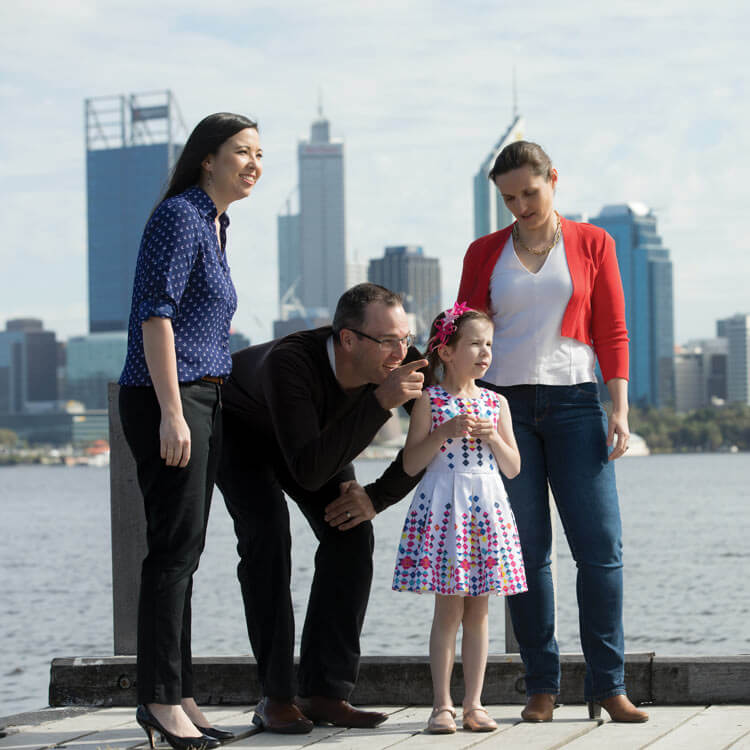Search
Definitions of sexting vary but there is a general consensus that it involves ‘sexually explicit content communicated via text messages, smartphones, or visual and activities such as social networking sites’.

Ever wondered just what your gift means to us? Here's a snapshot.
Parents and carers are often asking how to help manage screen time and especially avoiding 'techno tantrums' when asking children to stop using devices.

Our team uses AI to quickly analyse large amounts of genetic data to help discover alternate medications and improve existing treatments.

One of Australia’s leading cancer research centres continues to be powered by parents who decided to fight back. Hard.
Stay up to date with the latest news with Journey Together.

For pregnant Aboriginal women living in WA’s East Pilbara, significant issues systematically impede their pregnancy journey and a safe and healthy start to life for their babies.

News & Events
Meet the Finalists: Illuminate PitchFest 2024Illuminate PitchFest is back! We are excited to introduce you to 10 trailblazing researchers who will be taking to the stage this February to pitch their bold and bright ideas.

News & Events
Vertex grant to support research into treatment strategies for cystic fibrosis lung diseaseDr Daniel Laucirica, a research officer with the Wal-yan Respiratory Research Centre, will undertake new research into potential treatment strategies to prevent lung damage in people with cystic fibrosis (CF), under the mentorship of Associate Professor Anthony Kicic - made possible by a Vertex Cyst

News & Events
Five innovative research projects supported by Inspiration Awards 2022Valued at a total of $440,000, the Wal-yan Respiratory Research Centre Inspiration Awards 2022 will support five cutting-edge research projects.
